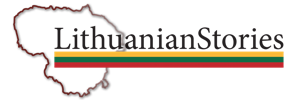March 11 is a beautiful sunny day. The ceremonies for the anniversary of the Lithuanian independence, regained in 1990, have just ended. There were also many demonstrations in support of Ukraine devastated by the war waged by Russia. But another appointment awaits us: the oath of the new members of the Riflemen’s Union.
In Lithuanian “Lietuvos Šaulių Sąjunga”, a paramilitary organization with a long story.
For us Italians, the word “paramilitary” is instantly associated with entities of the far right, if not even Nazi. None of that. In Eastern Europe and in the Baltic Countries, organizations like that of the Riflemen are normal and have nothing to do with the far right.
Those countries have a history of brutal invasions and occupations that have caused death and suffering. Groups such as the Riflemen’s Union are made up of ordinary people who, when needed, want to help their country: in case of enemy attack, but also during everyday life.
For example, the Lithuanian one was of great help during the most difficult period of the pandemic, offering support to families and health facilities.
The Riflemen Today
Since Russia’s invasion of Ukraine began, thousands of citizens across Lithuania have asked to join the organization. They are people coming from very different backgrounds: journalists, teachers, public officials and even the government.
Prime Minister Ingrida Šimonytė and Lithuanian Parliament Speaker Viktorija Čmilytė-Nielsen, among others, have decided to join the Riflemen’s Union this year.

The ceremony is scheduled in Independence Square next to the Parliament in Vilnius. There will also be volunteers who will join the military service. We were there.
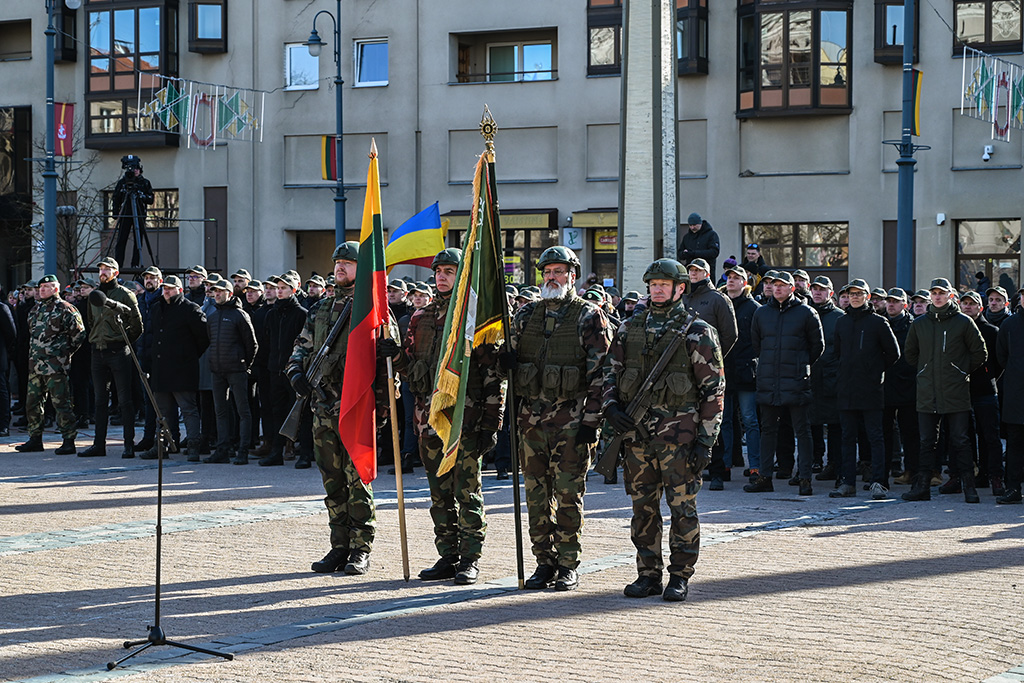
More than a thousand people, from the Vilnius district alone, are lined up in front of the stage that will host the personalities: Laurynas Kasciunas, president of the Security and Defense Commission at the Lithuanian Parliament; Lithuanian Parliament Speaker Viktorija Čmilytė-Nielsen; Arvydas Anušauskas, Minister of Defense, and Gintaras Grušas, Archbishop of Vilnius.
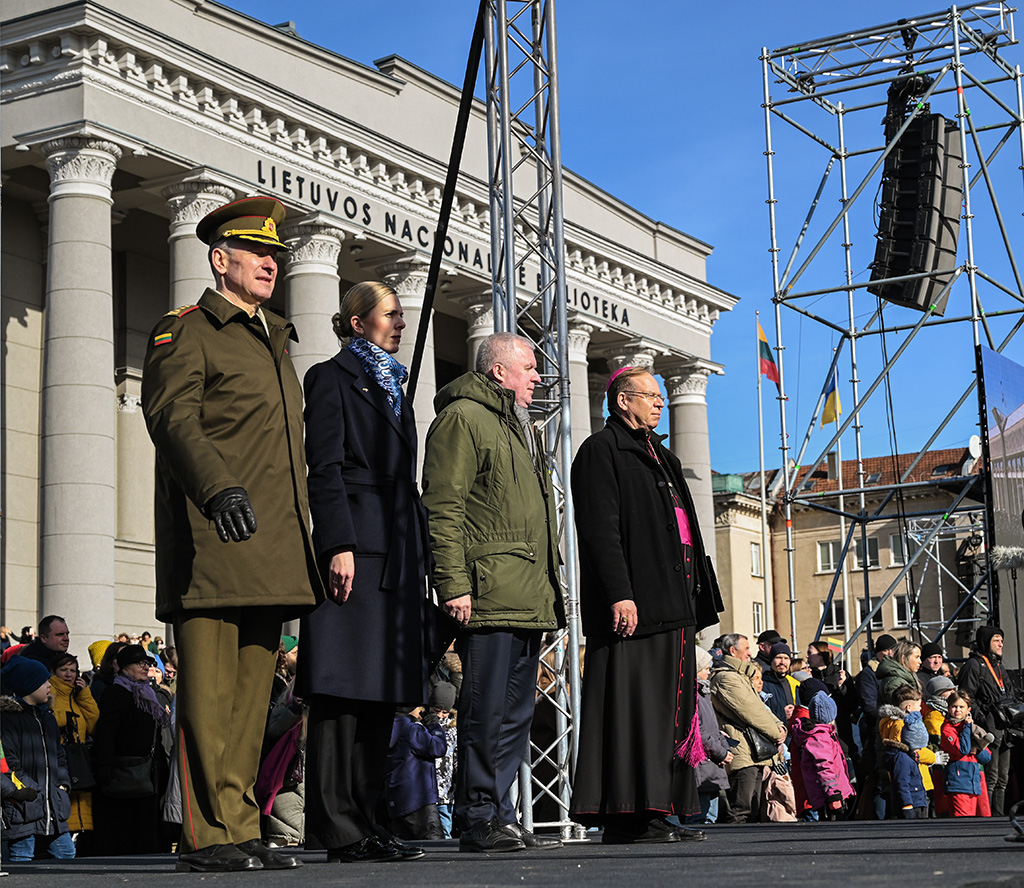
Many women. Excited, but also very determined, the aspiring members are accompanied by their family. Including children. It is a day of celebration. Conscription was reintroduced in Lithuania in 2015. Only for men and not for everyone. A certain number is drawn each year. In reality, there was never a need for a draft, because the volunteers, women and men, always covered the number required by the military.
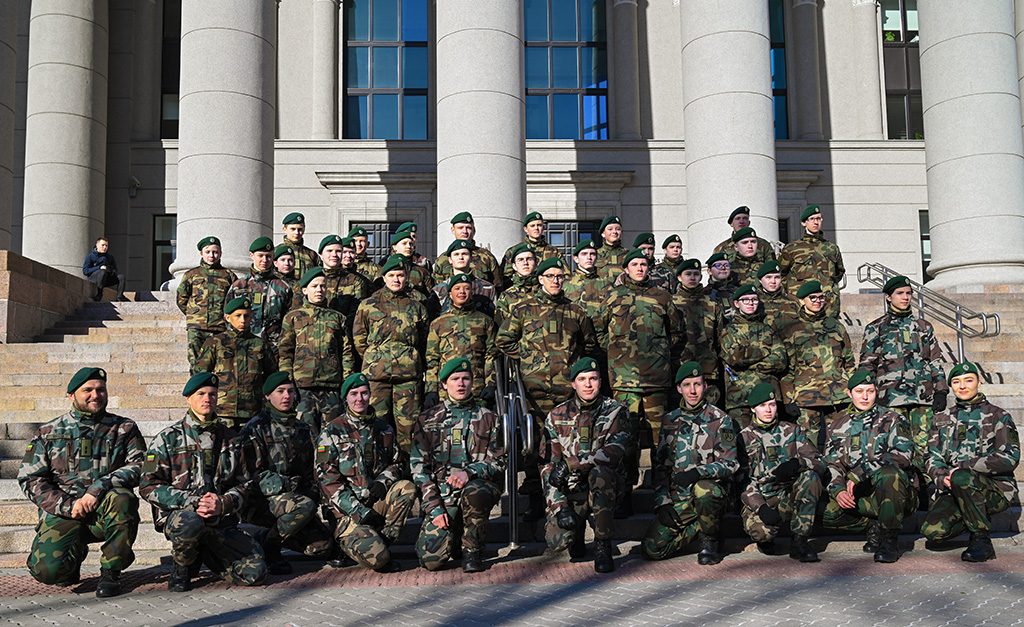
However, currently the Parliament is debating a possible extension of the conscription to include women, because of the situation created after the war in Ukraine broke out.
Citizens wishing to join the Riflemen’s Union must undergo training before being officially admitted. It is not only military but much more in-depth training, which includes various training courses that enable people in difficulty or injured to be helped; addressing situations of public order, or even organizing educational and cultural courses.
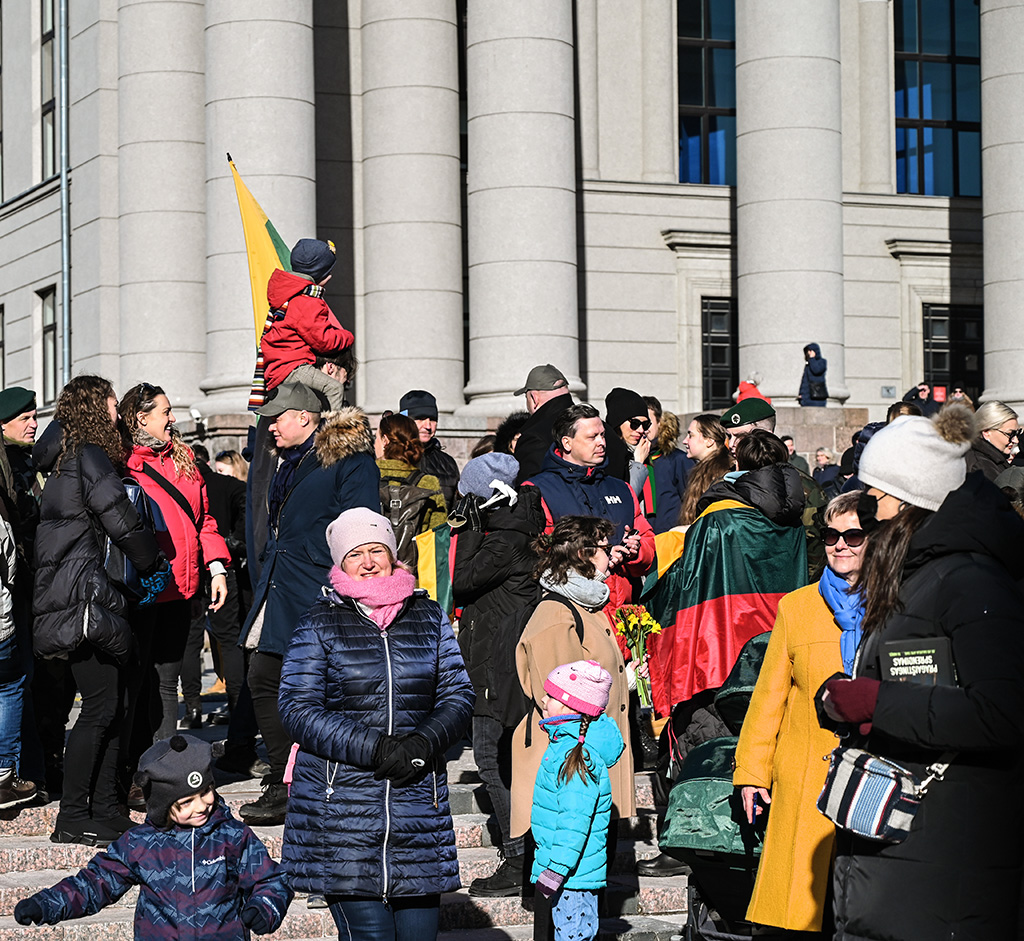
The incredible number of volunteers reached since the end of February 2022, when Russia began the invasion of Ukraine, requires the Union to gather more resources to allow for adequate training. Before the war, the entry of about a thousand people had been planned. That number has been already reached in the first week of March in the capital alone.
The members are not supposed to be employed in fighting. Their activities are closely linked to providing support to the armed forces and law enforcement. Without fighting. Except in extraordinary cases defined from time to time in crisis situations.
Its Story
Let’s take a step back. The Union was founded in 1919, immediately after the restoration of Lithuania’s independence. The aim was to protect the newly born state. It included several intellectuals and artists. The writers Antanas Vienuolis-Žukauskas, Juozas Tumas-Vaižgantas and Balys Sruoga, the poet Faustas Kirša, the painter Antanas Žmuidzinavičius, the zoologist Tadas Ivanauskas. Among the major activists is Vladas Putvinskis . A nobleman and landowner who is considered an ideologue of the movement and was the first commander of the Riflemen. Today one of the streets of Kaunas, the second largest city in Lithuania and at the time the capital, is named after him.
After its foundation in Kaunas, the Union expanded throughout Lithuania with a structure divided into regiments that were headed by the different districts of the country.
Until the first Soviet occupation, which took place in 1940, the Union provided support to the nation in various fields, from cultural to education. Its members also received military training. At first, the Union was an autonomous movement. Later it was integrated into the Ministry of Defense which controlled its activities and designated the commander. According to archives, the Union had over sixty thousand members in 1940. It included men and women, as well as various student groups.
When the Soviets arrived in June 1940, they immediately demanded the dissolution of the riflemen and the delivery of weapons. Many of the activists, between 1940 and 1941, were arrested and deported to Siberian gulags. The first occupation of the USSR lasted just a year. In June 1941, the Nazi army occupied Lithuania. The members of the dissolved Union formed various resistance groups. Some allied with the Nazis, de facto fighting against their own country and collaborating in the massacres perpetrated by the Germans against the local Jewish population. Others, most of them, carried on a strenuous resistance against the Nazis.
At the end of the Second World War, when Europe was celebrating peace, little changed in the Baltic country which again found itself under foreign occupation. The division of Europe at the end of the conflict handed the Baltic countries to the Soviet Union.
Lithuanians did not give up. They organized an armed resistance which included members of the Riflemen’s Union and that continued to fight against the Soviet Union until 1953. That was the year in which it became evident that Lithuania could not oppose such a strong military power, which was the USSR at the time.
In 1988, the Sajūdis independence movement was founded. It won the elections and attempted to initiate a series of reforms. The goal was to convince the Soviets to leave the country they had occupied at the end of the Second World War.
In that year, in June, the Riflemen’s Union was re-founded and it played an important role in the defense of the independence proclaimed by Lithuania on March 11, 1990. Among the unarmed people who defended the Parliament and the key points of the city, including the television tower, from the Soviet attack in January 1991, there were also the Riflemen.

